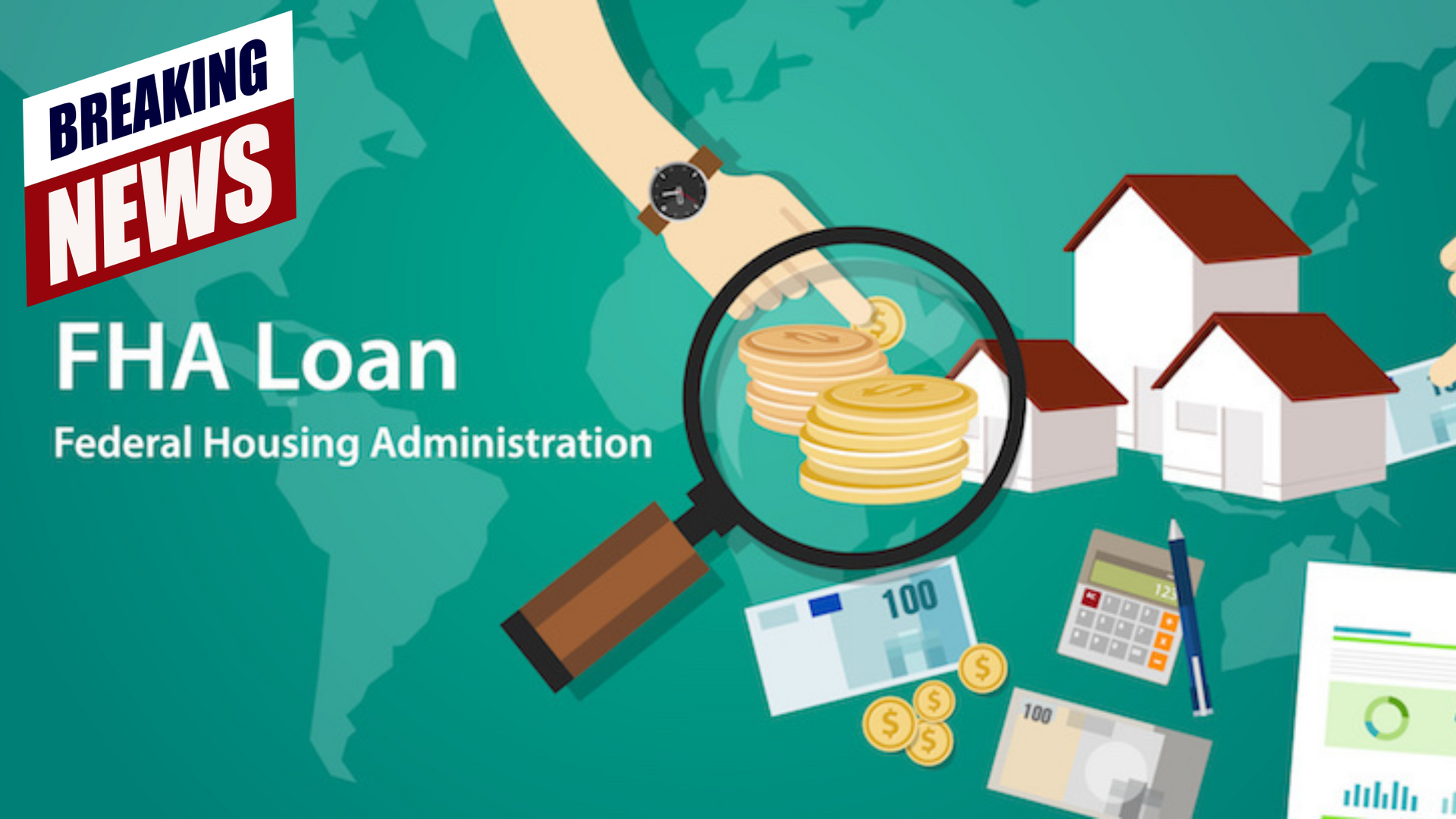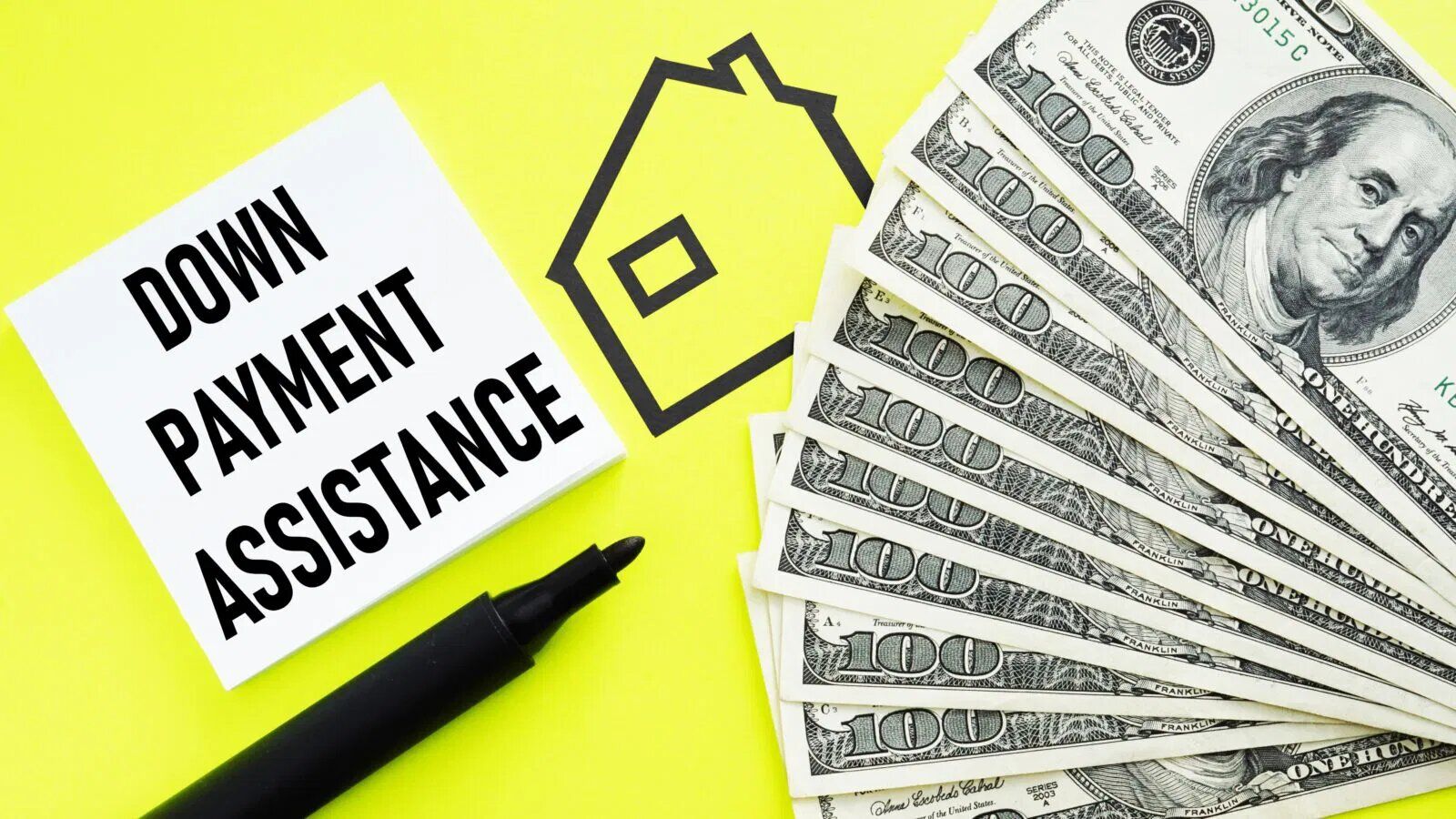Every week we release educational videos related to hot topics in the mortgage industry on YouTube.
Subscribe to our channel to stay in-the-know!
Think you can’t afford to buy a home? You might be surprised. The income you actually need may be lower than you think. In fact, most people are asking the wrong question entirely.
In this post, we’ll break down:
Most people think income alone determines your buying power. But lenders focus more on your Debt-to-Income Ratio (DTI).
Here’s how DTI works:
Your total monthly debt ÷ your gross monthly income = your DTI
Most lenders want this ratio to be 45% or lower, though some loan programs will allow more.
This calculation includes:
Example: Let’s say you make $75,000 per year—that’s $6,250/month gross income.
45% of that = $2,812
Now subtract your monthly debts:
That leaves you with about $2,000/month for a mortgage payment.
With interest rates around 6.5%, that could get you a home priced at $260,000–$280,000, depending on your:
Of course, this is just an estimate. You can plug your numbers into amortgage calculator to get a more accurate idea based on your location and situation.
Your loan program plays a big role in how much home you can afford. Here’s a quick breakdown:
And remember—a larger down payment means a smaller monthly mortgage, which helps you qualify for more.
Even if you qualify on paper, your credit score and cash reserves play a key role:
Even if your income is borderline, having reserves can tip the scales in your favor.
Story 1: A couple earning $90K/year thought they needed to wait because of student loans. But with FHA, 3.5% down, and minimal other debt, they got approved for $325K—and closed on a home last month.
Story 2: A single teacher earning $52K/year bought a $210K condo using just 3% down and a first-time buyer grant. She didn’t think she qualified—until she did.
You might qualify for more than you think if:
That extra income can help you get approved.
Here’s a quick formula to ballpark your buying power:
Use a mortgage calculator to plug in that number and see what home price you might qualify for. Online mortgage calculators don’t take tax or insurance into consideration most times, but this will give you a ballpark figure. Before you get your heart set on a house though, reach out to a lender to find out your true buying power. It costs you nothing to get this information!
Most buyers are surprised by what they can afford. The key is understanding how lenders look at your full financial picture—not just your income.
You don’t have to guess. And you don’t have to go it alone.
If you found this helpful:





All Rights Reserved | Jennifer Hughes Hernandez | Senior Loan Officer | NMLS #514497
Full service residential lender with an experienced team offering expert service, reliable communications and on-time closings in the greater Houston area.

Every week we release educational videos related to hot topics in the mortgage industry on YouTube.
Subscribe to our channel to stay in-the-know!
Gardner Financial Services, Ltd., dba Legacy Mutual Mortgage, NMLS #278675, a subsidiary of Texas Partners Bank. 18402 U.S. Highway 281 N, Ste. 258, San Antonio, TX 78259. AZ BK-2001467. Check registration and licensing at nmlsconsumeraccess.org. Legacy Mutual Mortgage is an Equal Housing Lender. This is not a commitment to lend. Material is informational only and should not be construed as investment or mortgage advice. Legacy Mutual Mortgage is not an agency of the federal government. Not all loan products are available in all states. All loans are subject to credit and property approval. Not all applicants qualify. Restriction and conditions may apply. Information and programs current as of date of distribution but may change without notice. [11/2025]